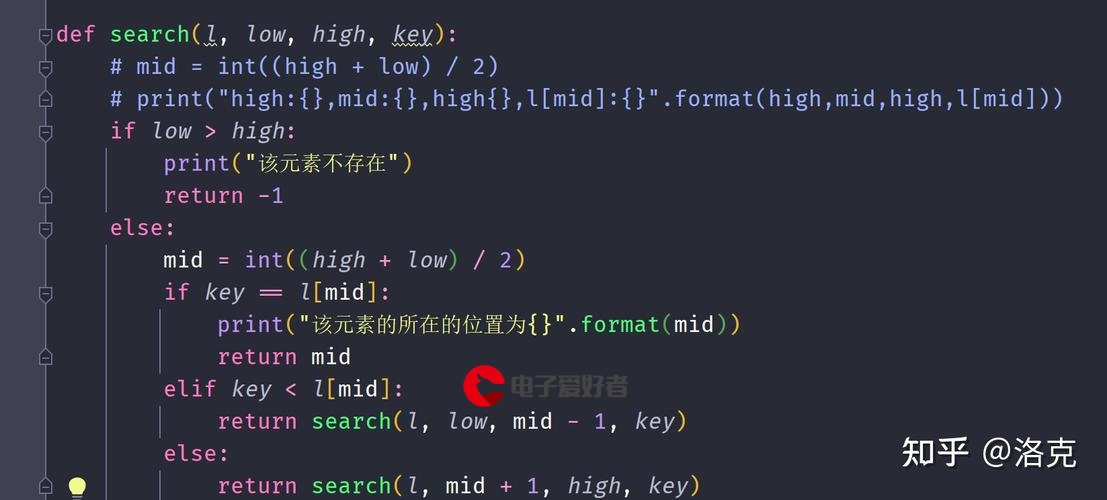 DAY 011"/>
DAY 011"/>
DAY 011
元组使用方法汇总
Python的元组和列表类似,不同之处在于元组中的元素不能修改(因此元组又称为只读列表),所以元组没有增、删、改的操作,且元组使用小括号而列表使用中括号,如下:
1、元组中只包含一个元素时
- 需要在元素后面添加逗号来消除歧义
tup1=("hello")
print("tup1:",type(tup1))
#输出结果
tup1: <class 'str'>tup2=("hello",)
print("tup2:",type(tup2))
#输出结果
tup2: <class 'tuple'>tup3=(1)
print("tup3:",type(tup3))
#输出结果
tup3: <class 'int'>tup4=(1,)
print("tup4:",type(tup4))
#输出结果
tup4: <class 'tuple'>
2、元组中的元素值不允许修改
- 修改元组值报错
tup2=("hello","world")
tup2[0]="Hello"#输出结果
TypeError: 'tuple' object does not support item assignment
但是可以对元组进行连接组合
- 连接元组值
tup1=("hi",)
tup2=("hello","world")
print(tup1+tup2)#输出结果
('hi', 'hello', 'world')
3、元组中的元素是不允许删除的
但是可以使用del语句来删除整个元组
- del tuple
tup2=("hello","world")
del tup2
4、元组之间可以使用+和*
即允许元组进行组合连接和重复复制,运算后会生成一个新的元组
- tuple1+tuple2
- M*tuple*N
tup1=("hi",)
tup2=("hello","world")print(tup1+tup2)
#输出结果
('hi', 'hello', 'world')print(2*tup1*2)
#输出结果
('hi', 'hi', 'hi', 'hi')
5、元组运行切片操作
- tuple[index:index:step]
tup=(1,2,3,4,5,6,7,8,9) print(tup[::2])#输出结果 (1, 3, 5, 7, 9)
6、任意无符号的对象,以逗号隔开,默认为元组
str1="你好","明天" print(type(str1))#输出结果 <class 'tuple'>
7、对元组进行操作的内建函数
- cmp(tup1,tup2): 比较两个元组元素,只针对python2而言,对于python3,需要用到operator模块。
- operator模块(从第一个数字或字母(ASCII)比大小 ,返回值为布尔)
- lt(a,b) 相当于 a<b
- le(a,b) 相当于 a<=b
- eq(a,b) 相当于 a==b
- ne(a,b) 相当于 a!=b
- gt(a,b) 相当于 a>b
- ge(a,b) 相当于 a>=b
import operator tup1=(1,2) tup2=(1,2,3) print(operator.le(tup1,tup2))#输出结果 True
- len(tup): 返回元组中元素的个数
tup2=(1,2,3) print(len(tup2))3
- max(tup): 返回元组中元素最大的值
tup2=(1,2,3) print(max(tup2))3
- min(tup): 返回元组中元素最小的值
tup2=(1,2,3) print(min(tup2))1
- tuple(seq): 将列表转化为元组
l=[1,2,3,4] print(tuple(l),type(tuple(l)))(1, 2, 3, 4) <class 'tuple'>
8、元组的方法(查)
- tuple.index(obj):从元组中找出某个值第一个匹配项的索引值
tup2=(1,2,3) print(tup2.index(3))#输出结果 2
- tuple.count(obj): 统计某个元素在元组中出现的次数
tup2=(1,2,3,4,1) print(tup2.count(1))#输出结果 2
Mark on 2018.04.10
转载于:.html
更多推荐
DAY 011












发布评论